- 18 avril 2019
- Paris sous tous les angles
- Anna Livesey
Blog mis à jour le 5 août 2025.
La tour Eiffel et son histoire
Icône incontestée de Paris et monument le plus visité au monde, la tour Eiffel fascine depuis plus de 130 ans. Et pourtant, saviez-vous qu’elle ne devait exister que vingt petites années ?
À son époque, les critiques la qualifiaient de « monstre de fer » et de véritable affront à l’élégance française. Nombreux étaient ceux qui espéraient ardemment sa disparition du paysage parisien. Mais la « Dame de fer », fière et audacieuse, a défié le temps et conquis les cœurs. Bien que son titre de plus haute structure artificielle n’ait duré que 41 ans, elle est devenue éternelle.
Joyau d’ingéniosité, chef-d'œuvre d’audace et témoin d’une époque de progrès, elle incarne aujourd’hui l’esprit même de Paris. Plongez dans l’histoire captivante de ce monument adoré, qui continue de faire rêver des millions de visiteurs venus du monde entier.
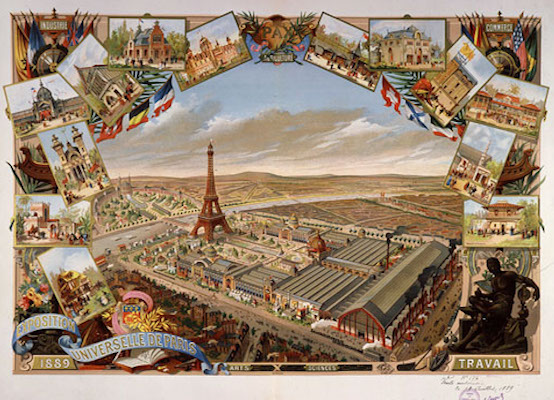
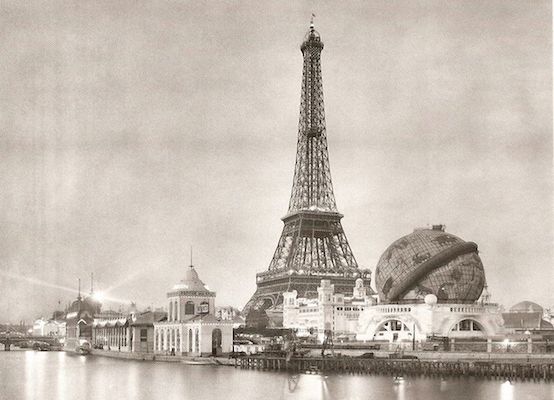
Paris cherche à prouver ses prouesses
Notre histoire débute en 1886, au cœur de la brillante Belle-Époque. Près d’un siècle s’est écoulé depuis les soubresauts de la Révolution française, et la France, transformée, rayonne. Le pays connaît alors un essor fulgurant sur les plans économique, artistique, scientifique et technologique. Pour marquer le centenaire de la révolution de 1789, il est décidé que Paris accueillera l’Exposition universelle de 1889, un événement prestigieux réunissant les innovations majeures de la planète.
L’objectif : affirmer la grandeur de l’industrie française sur la scène internationale.
Quoi de plus audacieux pour incarner cette ambition qu’une immense tour de fer, dressée fièrement à l’entrée principale de l’exposition, symbole éclatant de modernité, de maîtrise technique et de vision futuriste ?
Cette structure révolutionnaire marquera à jamais l’histoire architecturale et culturelle de la France.
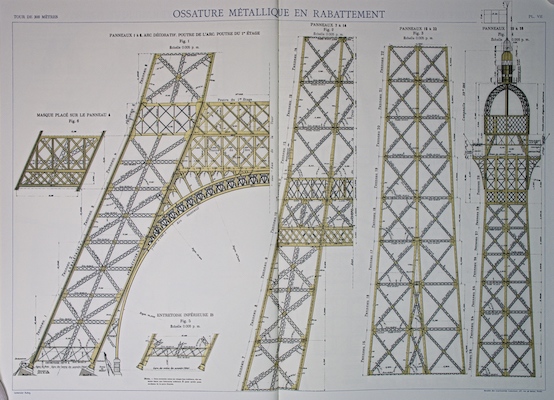
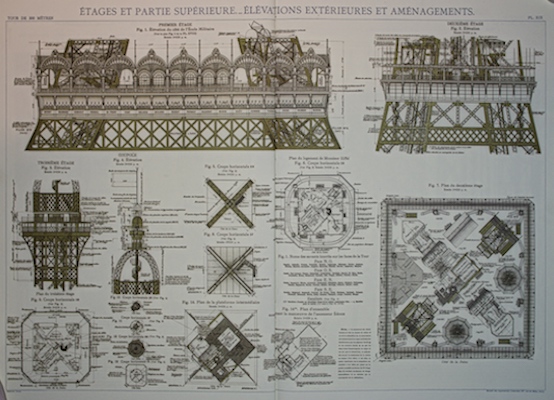
La tour de Monsieur Eiffel triomphe
En 1886, le gouvernement français lance un appel d’envergure : concevoir une structure de fer monumentale sur le Champ-de-Mars, à base carrée, haute de 300 mètres et large de 125 mètres. Un défi titanesque, presque insensé pour l’époque… mais qui ne semble pas insurmontable pour Maurice Koechlin et Émile Nouguier, les deux ingénieurs visionnaires travaillant chez Eiffel & Cie sous la direction du célèbre Gustave Eiffel.
À la tête d’une entreprise déjà renommée pour des réalisations étonnantes, comme la reconstruction du mythique cabaret du Paradis Latin ou la contribution à la statue de la Liberté à New York, Gustave Eiffel ne recule devant rien.
Parmi plus de cent propositions soumises au comité de l’Exposition universelle, seul son projet, minutieusement conçu et solidement argumenté, est jugé réalisable.
L’ambition est claire : ériger, en plein cœur de Paris, la plus haute structure jamais construite par l’homme. Une aventure extraordinaire débute alors, mêlant audace, génie et élégance métallique.
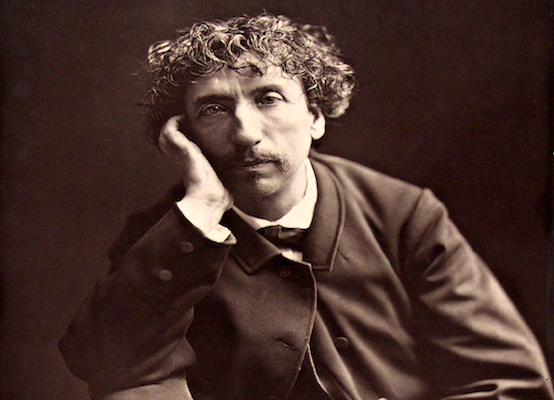
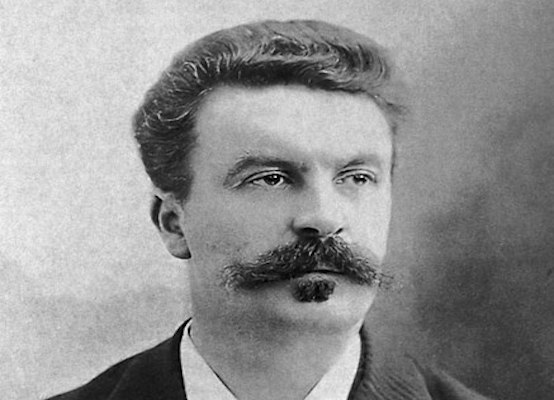
Faire disparaître le « rêve stupéfiant »
Mais tout n’est pas encore gagné pour Gustave Eiffel et son équipe.
Dès la publication des plans, une vague de stupeur et d’indignation secoue l’opinion publique. Certains dénoncent une folie technique, arguant qu’une structure de 300 mètres est tout bonnement irréalisable.
D’autres, plus virulents encore, attaquent la tour sur le plan esthétique : une offense au bon goût français, un monstre d’acier menaçant l’harmonie de Paris. En 1887, un groupe influent se forme : le « Comité des Trois Cents », composé d’artistes, d’intellectuels et d’architectes, dirigé par le célèbre Charles Garnier, maître d’œuvre de l’Opéra de Paris.
Parmi les signataires figurent des noms illustres comme Guy de Maupassant ou Alexandre Dumas fils. Dans une pétition retentissante intitulée Les Artistes contre la Tour Eiffel, ils réclament l’abandon du projet, qualifiant la tour de « cheminée gigantesque », une masse barbare qui écraserait, selon eux, les joyaux de la capitale : Notre-Dame, la Tour Saint-Jacques, le Louvre, l’Arc de Triomphe ou encore le Dôme des Invalides.
La bataille entre tradition et modernité est désormais lancée.
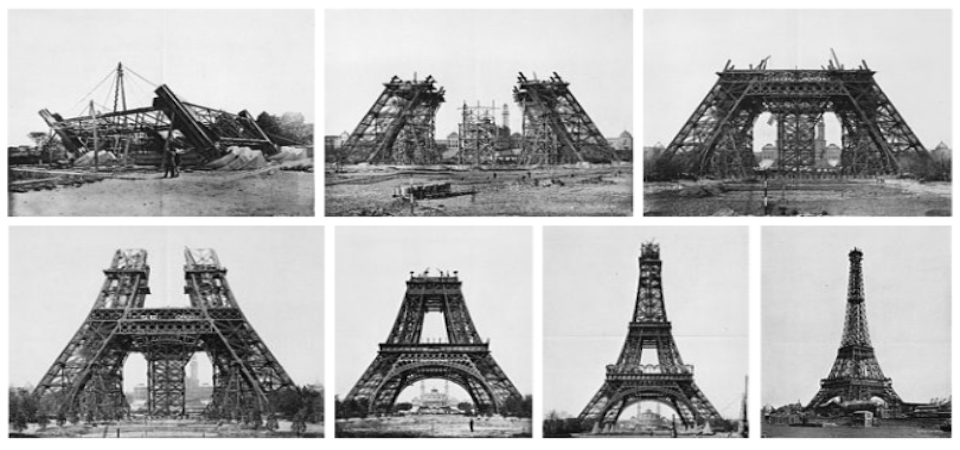
La construction
Malgré une vive opposition, les travaux de la tour Eiffel débutent le 26 janvier 1887.
Les plans, d’une précision remarquable, comprennent 3 629 dessins techniques détaillant l’assemblage méthodique de 18 038 pièces métalliques, fixées à l’aide de 2,5 millions de rivets.
Environ 300 ouvriers, triés sur le volet pour leur savoir-faire, s’activent sur le chantier, encadrés par une organisation rigoureuse et une ingénierie de pointe. Malgré les moyens encore rudimentaires de l’époque, le chantier avance à un rythme stupéfiant : en seulement 26 mois, la tour est achevée, un exploit sans précédent dans l’histoire de l’architecture moderne.
Le 31 mars 1889, quelques semaines avant l’ouverture de l’Exposition universelle, Gustave Eiffel invite journalistes et officiels à découvrir sa tour, désormais la plus haute structure du monde.
Les plus courageux gravissent les escaliers jusqu’au sommet — les ascenseurs n’étant pas encore installés — et assistent à un moment historique : Eiffel « himself » hisse le premier drapeau tricolore au sommet, dans le vent de Paris, couronnant ainsi son œuvre monumentale.
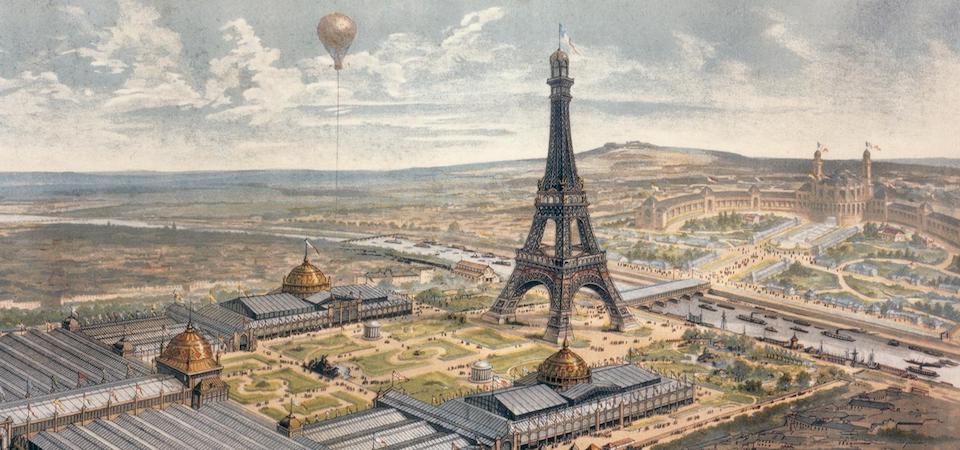
Le public change d'avis
Dès son ouverture au public, la tour Eiffel remporte un succès fulgurant. À la clôture de l’Exposition universelle de 1889, elle a déjà attiré près de 2 millions de visiteurs émerveillés.
Certains critiques, jadis outrés, révisent leur jugement.
D’autres, plus tenaces, persistent dans leur rejet. Ironie du sort : Guy de Maupassant, l’un des opposants les plus véhéments, aurait pris l’habitude de déjeuner au restaurant de la Tour… car c’était, disait-il, « le seul endroit de Paris d’où il ne la voyait pas » !
Mais le véritable tournant vient vingt ans plus tard. Prévue pour être démontée en 1909, la Tour échappe à la démolition grâce à une fonction inattendue : sa valeur stratégique.
Transformée en pylône de transmission télégraphique, elle devient un atout majeur dans l’émergence des communications sans fil.
Son utilité se confirme pendant la Première Guerre mondiale, lorsqu’en 1914, son émetteur radio intercepte et brouille les communications allemandes, contribuant à stopper leur avancée vers Paris.
D’œuvre contestée, elle devient alors un pilier de la modernité et de la défense nationale — définitivement ancrée dans le paysage et le cœur des Français.

La tour Eiffel aujourd'hui
La tour Eiffel a conservé son statut de plus haute structure du monde jusqu’en 1930, année où le Chrysler Building de New York lui ravit la couronne.
Pourtant, loin de sombrer dans l’oubli comme l’avaient prophétisé ses détracteurs, elle est devenue l’âme de Paris, son emblème incontesté, sa silhouette la plus reconnaissable.
Aujourd’hui, elle attire près de 7 millions de visiteurs par an, ce qui en fait le monument payant le plus visité au monde.
D’abord contestée, puis acclamée, elle s’est imposée comme l’œuvre d’un homme visionnaire et comme un joyau de l’architecture parisienne.
Plus qu’un simple édifice, la tour Eiffel est devenue une icône planétaire, célébré dans l’art, la photographie et le cinéma.
Aujourd’hui, elle accueille aussi des concerts de musique classique pour le bonheur de tous.
Un vrai plaisir qui n’est pas réservé qu’aux happy few et pour rendre évidemment un peu de hauteur !
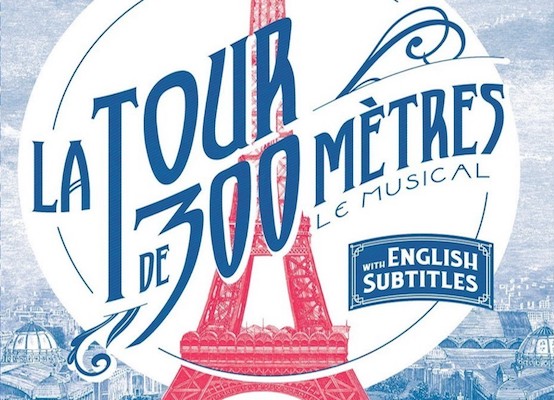
-2-2.png)
Si ce blog vous a plu…
Envie d'approfondir encore plus vos connaissances sur la tour Eiffel ?
- Organisez une expérience exceptionnelle à la tour Eiffel
- 10 10 informations sur la tour Eiffel que les Parisiens ne connaissent pas
- Le saviez-vous ? Une comédie musicale a été créée sur la construction de la Tour, à l'occasion des célébrations de son 130ᵉ anniversaire ! Pour en savoir plus, c'est par ici ! (Spectacle terminé.)
- Achetez un billet pour les concerts exceptionnels à la tour Eiffel !
Un cadeau inoubliable…
Vous souhaitez faire un cadeau à un ami et… vous n’avez pas d’idée, vous hésitez entre plusieurs choses ! Grâce à notre bon cadeau, vos amis pourront choisir eux-mêmes leur cadeau dans notre liste de spectacles, de concerts, de cabarets ! Voilà qui leur permettra de passer une soirée vraiment inoubliable dans la capitale.
Et il y en a encore bien plus à découvrir…
Que vous soyez un fan aguerri ou que vous ayez en quête de découvertes, la newsletter de Theatre in Paris saura vous guider ! Une fois par mois ou plus, vous recevrez un e-mail rédigé par nos soins, avec notre sélection du moment, nos meilleurs conseils, les meilleures promotions, et bien plus !
Vous pouvez également nous suivre sur Facebook, Instagram, Pinterest et TikTok. Pour nous suivre, cliquez ici pour accéder à notre page Link in Bio.





